Toodi Mills Climbing Rope


Specific Uses For Product Specific Uses For climbing rope
- Rock Climbing: Climbing ropes are primarily designed for rock climbing and are essential for protection, belaying, and anchoring during climbs.
- Mountaineering: Climbing ropes are crucial for mountaineering activities, such as traversing glaciers, ascending steep slopes, and performing crevasse rescue techniques.
- Caving: Climbing ropes are used in caving expeditions to descend into and ascend out of vertical cave systems, known as potholing.
- Rescue Operations: Climbing ropes are employed by rescue teams to perform high-angle rescues, whether in urban environments, mountains, or other challenging terrains.
- Industrial Work: Climbing ropes find application in industrial settings, such as construction, maintenance, and inspection work at heights. They provide fall protection and aid in accessing elevated areas.
- Tree Climbing: Arborists and tree climbers use specialized climbing ropes to ascend trees safely. These ropes enable climbers to maneuver and perform tasks while working at various heights.
- Canyoneering: Climbing ropes are essential for canyoneering, a sport that involves descending and ascending narrow canyons using a combination of climbing, rappelling, and swimming techniques.
- Expedition and Wilderness Survival: When venturing into remote and challenging environments, climbing ropes can be used for building shelters, constructing improvised crossings, and securing gear.
- Sailing and Boating: Climbing ropes, particularly static ropes, can be used in sailing and boating activities for rigging, hoisting sails, securing loads, and emergency situations.
- Outdoor Education and Team Building: Climbing ropes are employed in outdoor education programs and team-building activities to facilitate trust-building exercises, group challenges, and confidence building.

Package Content
1 x Climbing Rope
Static Nylon Braid Rope
The listing is about static rope, nylon rope, white with black, Blue color. With reliable and robust material, moderate softness, and flexible knotting, the high strength nylon rope is designed for year-round loads binding and is built to withstand daily heavy use.
- Durable Nylon Material
- Strong Tension
- Easy to Use
- Portable & High Performance
- NOTE
- Please note that it does not suitable for intense climbing works.
|
|
|
|
|---|---|---|
Smooth SurfaceThe static rope features a simple and stylish appearance, abrasion resistance, and can bear a tough environment. |
Portable Nylon RopePortability and light weight make your using, carrying, and storage more convenient and easy. |
Double Braided Strong DurableDouble layers high-strength polyester sheath, and 48 strands polyester inner core, fine weave, tight and strong. |
|
|
|
|
|---|---|---|
High PerformancePurpose-built to balance both durability and great handling, our ropes are not too stiff and not too soft, can be knotted easily. |
Strong Bearing ForceThe MAX. Bearing Force is approx. 2300 KG, which have a high strength to start your daily activities. |
Sturdy StructureThe static rope is made of high strength nylon material, is durable and robust for outdoor and indoor using. |

Special Features for climbing rope
- Nylon Rope: Most climbing ropes are designed to be Nylon , meaning they have the ability to stretch and absorb the impact of a fall, reducing the force exerted on the climber and the protection points. This feature helps prevent injuries during falls.
- Dry Treatment: Some climbing ropes undergo a dry treatment process where the rope fibers are coated or treated to resist water absorption. Dry treatment improves the rope’s durability, prevents it from becoming heavy and icy when exposed to moisture, and reduces the risk of freezing in cold conditions.
- Bi-Pattern or Middle Mark: Bi-pattern ropes feature a distinct pattern or a middle mark in the rope’s design. This mark helps climbers identify the midpoint of the rope quickly, which is useful for rappelling, setting up anchors, and managing rope length.
- ThermoShield Treatment: ThermoShield is a treatment applied to climbing ropes that increases their handling characteristics and makes them more resistant to dirt, abrasion, and moisture. It also helps maintain the rope’s suppleness over time.
- EverFlex Technology: Some climbing ropes incorporate EverFlex technology, which ensures that the rope remains flexible and easy to handle throughout its lifespan. This technology minimizes stiffness, making the rope easier to manage during belaying and climbing.
- Bi-Pattern Sheath: In addition to the bi-pattern or middle mark on the rope, some ropes have a bi-pattern sheath where the sheath is woven differently on each half of the rope. This feature allows climbers to easily identify the midpoint and helps with rope management.
- Low-Impact Force: Climbing ropes with a low-impact force rating have been designed to minimize the amount of force transferred to the climber and protection points during a fall. This reduces the risk of injury and provides a softer catch.
- Unicore Technology: Unicore technology is a bonding process that glues the sheath and core of the rope together, ensuring that they remain connected even if the sheath gets cut or damaged. This prevents the sheath from sliding or bunching up, enhancing safety.
- Lightweight Construction: Some climbing ropes are manufactured using lightweight materials and construction techniques, reducing the overall weight of the rope. This is particularly beneficial for long climbs, mountaineering, and situations where carrying heavy gear is impractical.
It’s important to note that different climbing ropes may have varying combinations of these special features. When choosing a climbing rope, consider your specific needs, the type of climbing you’ll be doing, and consult with experienced climbers or professionals to ensure you select the most suitable rope for your intended use.













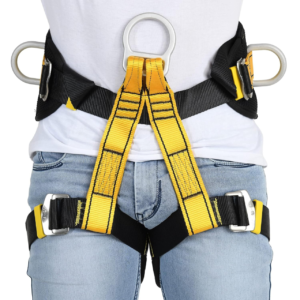

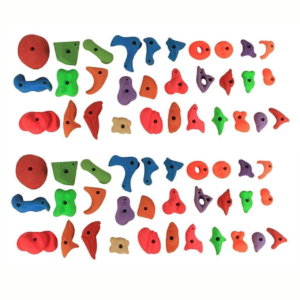

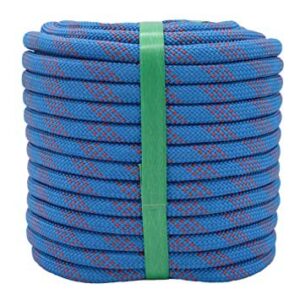
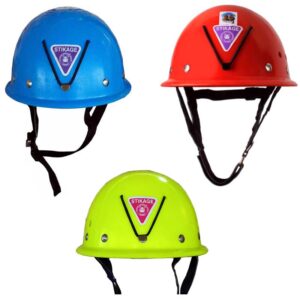
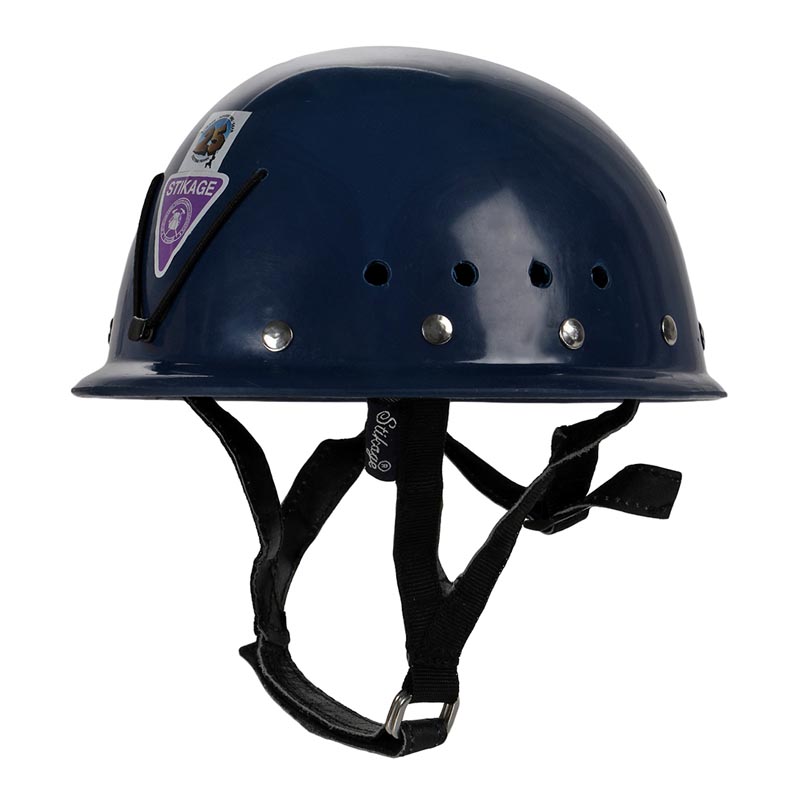
Reviews
There are no reviews yet.